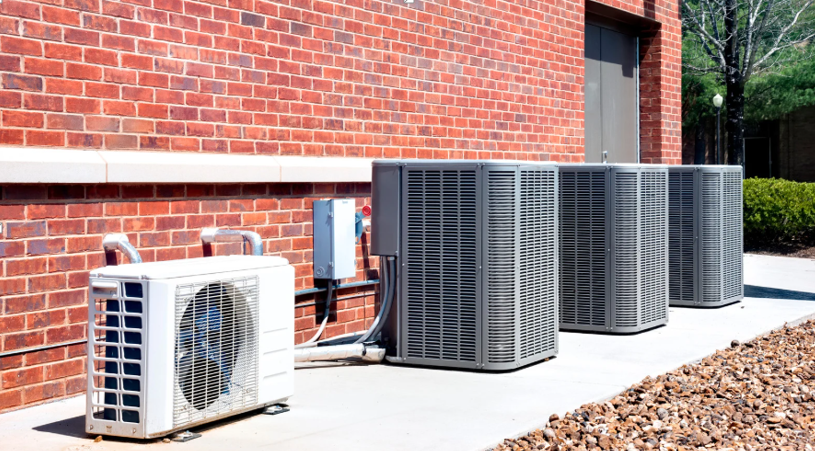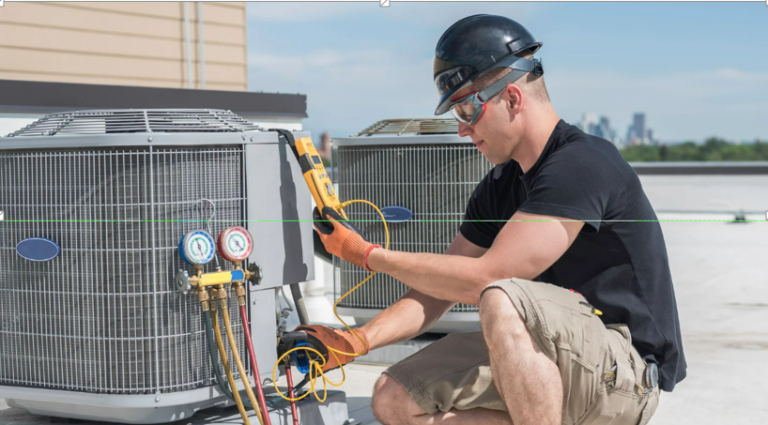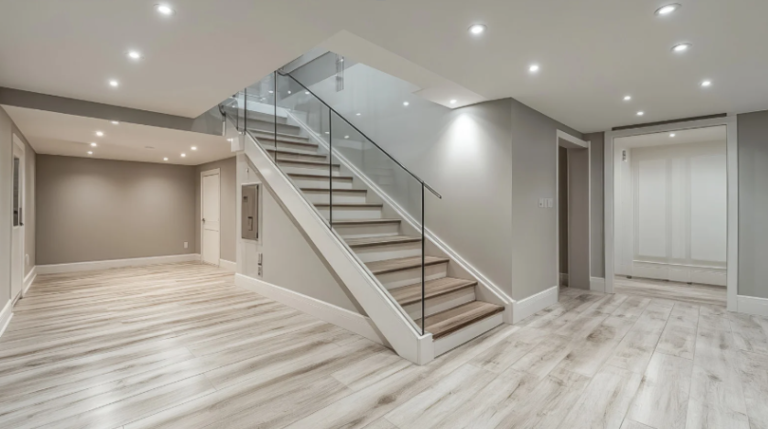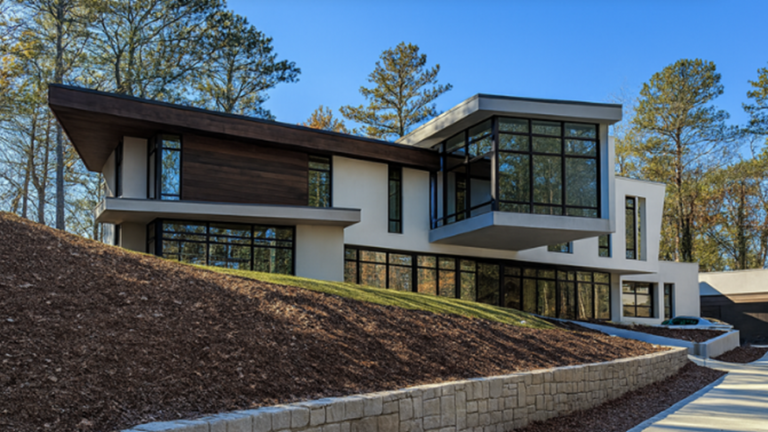Common Challenges During HVAC Installation and How to Overcome Them
Installing a new HVAC system is a major investment that plays a critical role in home comfort, energy efficiency, and long-term reliability. While many property owners expect the process to be straightforward, the reality often involves unexpected complications. From system sizing to environmental considerations, challenges can delay completion and reduce system effectiveness if not properly managed. Professional expertise in HVAC installation in Troy ensures these issues are addressed early, preventing costly mistakes and creating a smooth installation experience.
Proper System Sizing and Installation Time
One of the most common challenges during installation is selecting the right system size for the property. An undersized unit may struggle to keep up with heating and cooling demands, while an oversized unit can cycle inefficiently and increase utility costs. Careful load calculations are essential to ensure the system matches the property’s needs.
Many homeowners also underestimate the time required for installation. Understanding how long HVAC installation takes provides realistic expectations about the process. Depending on the complexity, installations may take a full day or more, especially if additional ductwork or modifications are required. Proper planning ensures minimal disruption to household routines.
Environmental and Climate Considerations
Local climate conditions and humidity levels can impact the effectiveness of a new HVAC system. For example, improper handling of moisture levels can cause comfort issues, higher energy consumption, or even indoor air quality concerns. This makes it crucial to select equipment designed for the property’s specific environment.
Professionals also consider how humidity affects HVAC performance, as improper control may lead to inconsistent temperatures and unnecessary strain on the system. By incorporating advanced features like dehumidifiers or variable-speed fans, installers can improve comfort while extending the system’s lifespan.
See also: Maximize Your Home’s Value with a Professional Renovation
Ductwork and Airflow Issues
Even the most efficient HVAC system will struggle if the ductwork is poorly designed or damaged. Leaks, blockages, or undersized ducts can restrict airflow, reducing overall system performance and creating uneven heating or cooling. Addressing these issues during installation ensures maximum efficiency and comfort.
Professionals often evaluate ductwork before placing new systems to determine whether repairs, replacements, or modifications are necessary. Investing in this step prevents long-term inefficiencies and reduces the risk of high energy bills.
Electrical and Safety Concerns
Another challenge is ensuring the electrical system is compatible with the new HVAC unit. Incorrect wiring or insufficient electrical capacity can lead to safety hazards, system malfunctions, or even damage to the equipment. Certified technicians handle these concerns by confirming compliance with safety codes and ensuring proper connections throughout the system.
Safety considerations also include ventilation. Proper airflow must be maintained to prevent carbon monoxide buildup in systems with combustion elements, reinforcing the need for professional oversight.
The Importance of Professional Expertise
Attempting to cut corners during installation can lead to long-term inefficiencies and unexpected repairs. Professional services not only manage technical aspects but also ensure warranties remain valid. Their knowledge of building codes, system compatibility, and safety standards helps prevent problems that could otherwise go unnoticed.
With expert planning, challenges such as sizing, humidity, and airflow are effectively addressed, resulting in a system that operates efficiently and lasts for years.
Conclusion
HVAC installation is a complex process that requires careful attention to detail, from system sizing and ductwork to electrical compatibility and environmental factors. By addressing these challenges with professional guidance, homeowners can ensure their systems operate efficiently, safely, and reliably. Proper installation provides lasting comfort while protecting the investment in a new HVAC system.






